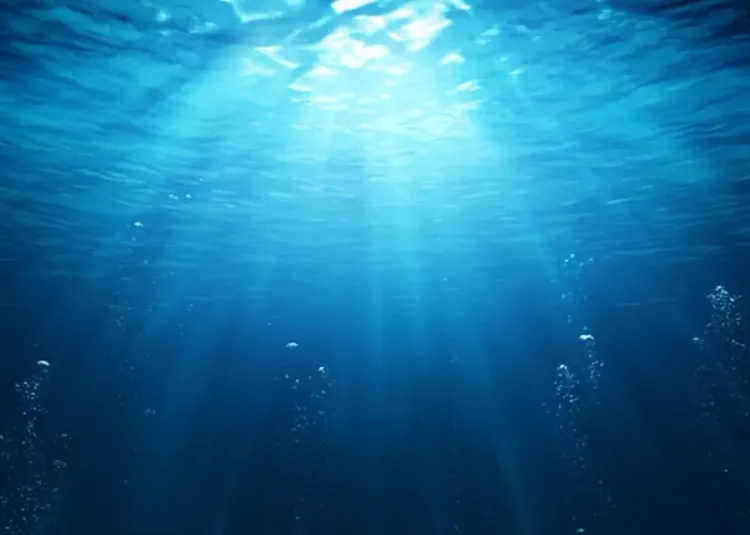Has an Australian study created a new framework for deep-sea mining impact assessment?

Synopsis
Key Takeaways
- New global framework for deep-sea mining impact assessment.
- Tools for decision-makers to evaluate environmental risks.
- Focus on the Clarion Clipperton Zone and its mineral resources.
- Research highlights species recovery rates post-mining.
- Importance of responsible mining practices to protect ecosystems.
Canberra, July 4 (NationPress) An Australian research initiative has established a new global standard for evaluating the environmental impacts of deep-sea mining.
The study offers scientifically grounded tools to assist decision-makers in assessing the potential consequences and feasibility of extracting vital minerals from the ocean bed, as highlighted by the Commonwealth Scientific and Industrial Research Organisation (CSIRO), the leading national science agency in Australia.
The created framework seeks to tackle the considerable environmental uncertainties and risks related to deep-sea mining, especially as global interest in these resources intensifies, according to the study commissioned by The Metals Company Australia, which aims to secure approval for mining polymetallic nodules in the Clarion Clipperton Zone (CCZ) of the Pacific.
The CCZ, located between Mexico and Hawaii, is abundant in cobalt and nickel essential for renewable energy, yet it remains one of the planet's most delicate and least understood ecosystems, the researchers noted.
The CSIRO-led group, which includes researchers from Griffith University in Australia, Museums Victoria, the University of the Sunshine Coast, and Earth Sciences New Zealand, has developed comprehensive ecosystem assessments and management tools to ensure robust and transparent oversight of any future deep-sea mining endeavors, as reported by Xinhua news agency.
"There will be impacts at deep-sea mining sites, and our findings reveal that the speed and extent of potential recovery varies among different species groups," stated Senior Principal Research Scientist Piers Dunstan from CSIRO.
The study employs a flexible ecosystem-based management framework that utilizes a traffic light system to determine "serious harm" and direct regulatory measures. It anticipates that mining impacts will be predominantly restricted to the seabed, with certain bottom-dwelling species experiencing notable declines and slow recovery rates.
"In the absence of such research, there exists a risk of harm from mining activities that could last for generations," asserted Tina Soliman-Hunter, a professor of Energy and Natural Resources Law at Macquarie University in Sydney.










